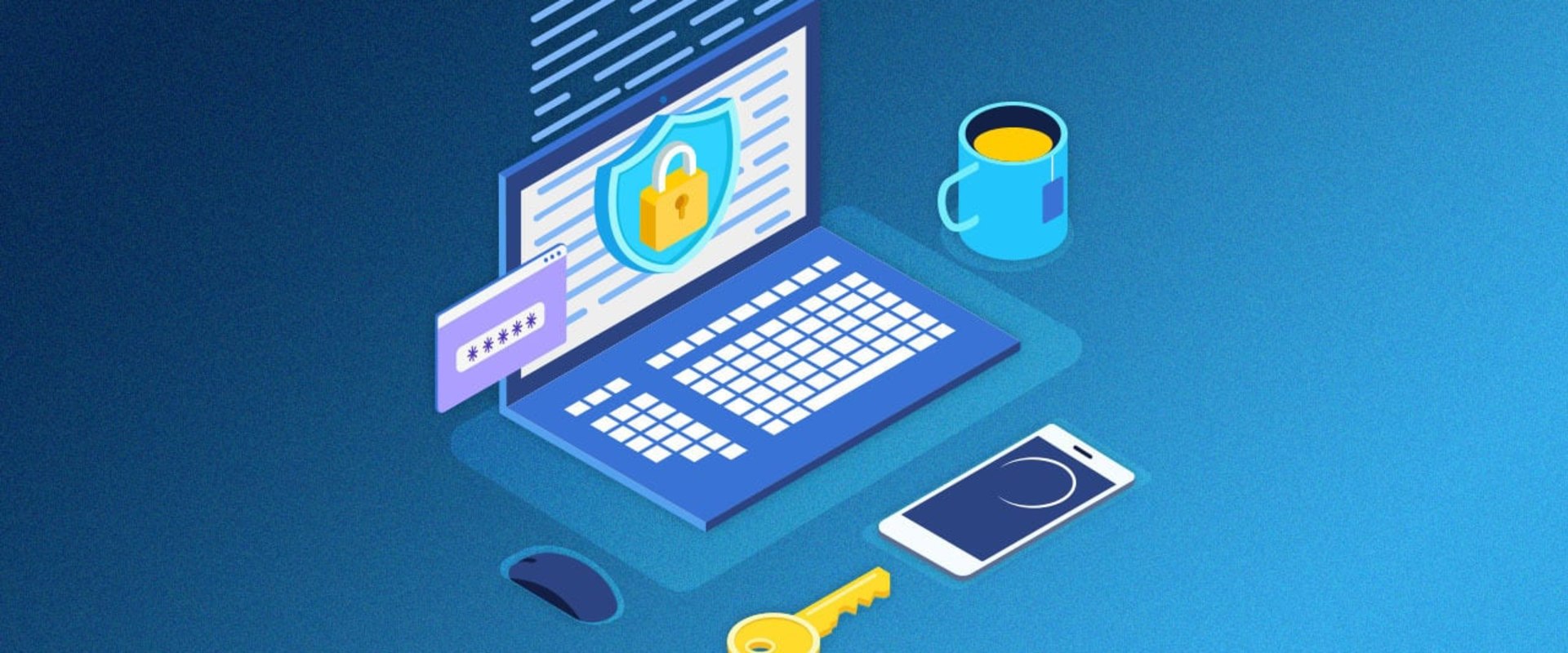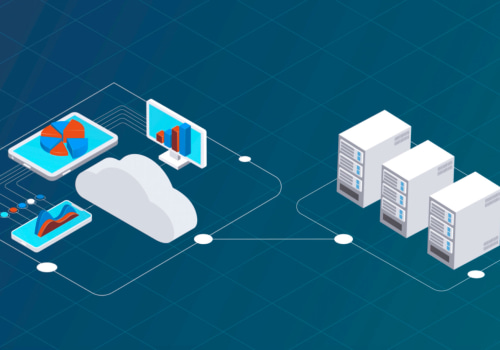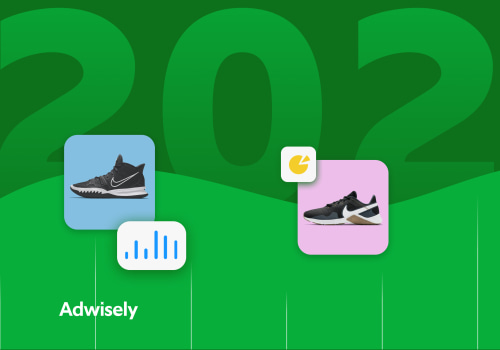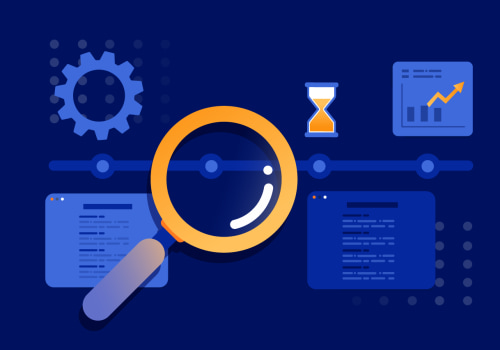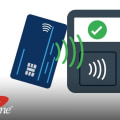In today's digital world, online accounts and payments are becoming increasingly important. With the rise of e-commerce, online banking, and social media, protecting your personal information is more important than ever. Unfortunately, cyber criminals are becoming more sophisticated and are constantly finding new ways to breach security systems. But with the right knowledge and security measures in place, you can protect your online accounts and payments from malicious attacks.
This guide will provide tips and best practices on how to secure your online accounts and payments so you can shop, bank, and socialize online with peace of mind.
Securing Online Accounts and Payments
is an essential part of shopping online. With the abundance of sensitive information we enter on websites, it is important to ensure that our accounts and payments are safe from cyber threats. In this article, we will cover the different types of cyber threats, how to identify phishing scams, how to create strong passwords, tips for keeping your online accounts and payments secure, best practices for secure online shopping, and how to stay informed about online security threats. Cyber threats come in a variety of forms. Malware, viruses, Trojans, and ransomware are all common types of malicious software used to gain access to personal data or disrupt systems.Cyber criminals may also use phishing scams to steal information or gain access to accounts. Phishing scams involve sending emails or messages that appear to be from a legitimate source, but are actually malicious attempts to gain access to sensitive information. It is important to be aware of these scams and take steps to protect yourself. Creating strong passwords can be a powerful tool in protecting your online accounts and payments. Passwords should contain a combination of upper and lowercase letters, numbers, and special characters.
Additionally, it is important to use different passwords for each account you create. This can help prevent unauthorized access if one of your passwords is compromised. In addition to creating strong passwords, there are other steps you can take to keep your online accounts and payments secure. Make sure your devices are up-to-date with the latest security patches and software updates. It is also important to use secure connections when possible, such as HTTPS or SSL/TLS protocols.
Additionally, enabling two-factor authentication on your accounts can help protect against unauthorized access. When shopping online, there are certain best practices you can follow to ensure the safety of your accounts and payments. Look for websites that use encryption technology to protect your data. Avoid clicking on suspicious links or providing personal information unless you are certain the website is secure. Additionally, always read the terms and conditions before purchasing an item. Finally, it is important to stay informed about online security threats.
Keep up with the latest news on cyber security and follow best practices for keeping your accounts and payments secure. Additionally, consider using an online security suite or anti-virus program to help protect your devices against malicious software. Securing your online accounts and payments is essential for anyone who shops online. By following the steps outlined in this article, you can help protect yourself against cyber threats and ensure that your information remains safe.
Create Strong Passwords
Creating strong passwords is essential to secure your online accounts and payments from potential cyber threats. Strong passwords are essential to protect both your personal data and financial information, as a weak password can easily be guessed or cracked by attackers.When creating passwords, use a combination of upper-case and lower-case letters, numbers, and symbols. Avoid using words that can be found in the dictionary, as these can be easily guessed or cracked. Try creating a phrase that is unique to you, such as a line from a favorite movie or song, combined with some numbers and symbols. In addition to creating strong passwords, it is also important to regularly change them.
This will help ensure that if someone has managed to guess your password, they won't be able to use it for an extended period of time. Finally, consider using a password manager to help you generate strong passwords and keep track of them all.
Secure Online Shopping
Secure Payment Methods: When shopping online, it is important to use secure payment methods. Credit cards are a commonly used payment method, but they can be vulnerable to fraud and identity theft.Look for payment gateways such as PayPal or Google Pay that are secured with encryption technology and offer two-factor authentication for extra security. You should also make sure to use a secure network when entering your payment information.
Avoid Public Wi-Fi:
When shopping online, it is important to avoid using public Wi-Fi networks. These networks are unsecured and can easily be hacked by malicious individuals.It is best to use a secure, private connection when accessing any online accounts or payments.
Two-Factor Authentication:
Whenever possible, you should enable two-factor authentication on your online accounts. This is an extra layer of security that requires you to enter a code sent to your phone or email address every time you log in. This helps protect your accounts from unauthorized access.Staying Informed
Staying informed about online security threats is essential to protect your accounts and payments.Cybercriminals are constantly looking for new ways to exploit security weaknesses, which means you must stay up-to-date with the latest security news. To ensure your online safety, you should regularly review and update your security practices. Fortunately, there are many different resources available to help you stay informed. You can subscribe to newsletters from cybersecurity companies or blogs, follow industry experts on social media, and read reports from government agencies or think tanks. Keeping track of the latest cybersecurity news will help you stay one step ahead of cybercriminals. You should also use two-factor authentication whenever possible.
Two-factor authentication adds an extra layer of security to your accounts by requiring you to enter a code sent to your phone or email in addition to your password. This helps make sure that only you can access your account, even if someone has stolen your credentials. Finally, make sure you're using strong passwords. Weak passwords are an easy target for cybercriminals, so it's important to create unique, secure passwords for each of your accounts. You can use a password manager to help you generate and store strong passwords for all of your accounts.
Types of Cyber Threats
When it comes to securing online accounts and payments, it is important to understand the types of cyber threats that exist.Malware, phishing scams, and social engineering attacks are some of the most common threats facing online shoppers.
Malware
Malware is a type of malicious software designed to infiltrate or damage a computer system. It can be used to steal personal information, such as passwords and credit card numbers, as well as cause damage to the system itself.Phishing Scams
Phishing scams are attempts to acquire sensitive information by pretending to be a legitimate source.This can be done through emails, websites, or other online channels. Phishers may attempt to get you to click on a malicious link, or provide them with personal information, such as passwords and credit card numbers.
Social Engineering Attacks
Social engineering attacks are attempts to gain access to sensitive information by exploiting human behavior. Attackers may use social engineering tactics such as impersonation, manipulation, and deception to get people to provide them with confidential information.By understanding the different types of cyber threats that exist, it is possible to take steps to protect yourself and your online accounts and payments. By following the best practices for securing online accounts and payments outlined in this article, you can help protect yourself from cyber threats and keep your personal information safe. Creating strong passwords, using secure online shopping methods, and staying informed of the latest security updates are essential steps to take when shopping online. With these tips, you can ensure that your online accounts and payments are secure and your data is protected.
